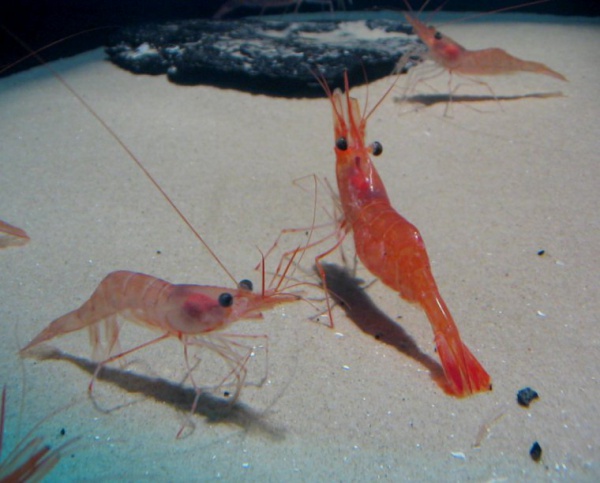Facts About Pandalus borealis
The northern prawn, scientifically known as Pandalus borealis, is a species of shrimp that thrives in the cold waters of the northern Atlantic and northern Pacific Oceans. In the Atlantic, it is designated as Pandalus borealis borealis, while in the Pacific, it is often referred to as Pandalus borealis eous. These shrimp inhabit a wide range of ocean depths, from 20 to 1,330 meters, and prefer temperatures between 0 and 8°C.
One fascinating aspect of these shrimp is that they begin their lives as males and transition to females as they mature. They can live up to eight years, with females reaching lengths of up to 16.5 cm. Northern prawns have been a valuable food source for many years and have been commercially fished since the early 1900s. In Canada, they are commonly available in supermarkets, typically sold peeled, cooked, and frozen.
Despite their popularity, northern prawns are not currently considered overfished, thanks to sustainable fishing practices and robust stock levels. However, there have been some exceptions. For instance, in 2013, the Atlantic States Marine Fisheries Commission closed the New England fishery due to depleted stock levels.
Besides being a culinary delight, Pandalus borealis has other useful applications. They provide shrimp alkaline phosphatase (SAP), which is essential in molecular biology, and chitosan, which has various industrial uses.

 Norway
Norway